Accepted Scientific Name: Turbinicarpus valdezianus (H.Moeller) Glass & R.A.Foster
Cact. Succ. J. (Los Angeles) 49: 174. 1977
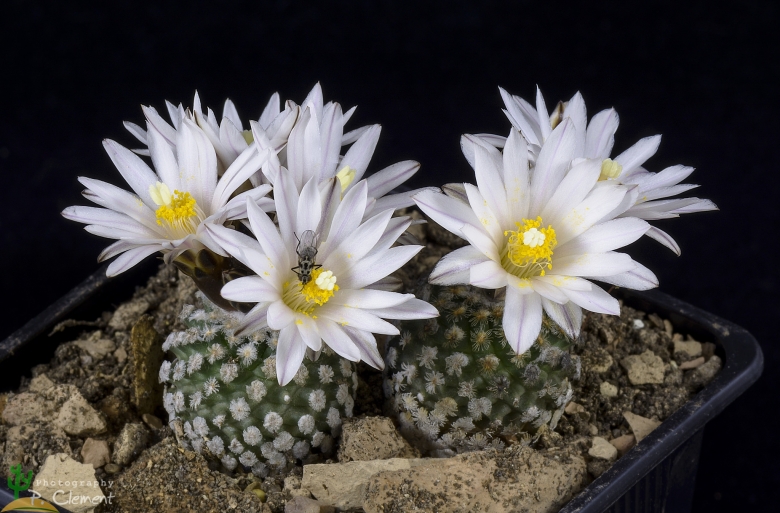
Turbinicarpus valdezianus var. albiflorus Photo by: Peiffer Clement
Origin and Habitat: Matehuala, San Luis Potosí, Mexico.
Synonyms:
See all synonyms of Turbinicarpus valdezianus
back
Accepted name in llifle Database:Turbinicarpus valdezianus (H.Moeller) Glass & R.A.FosterCact. Succ. J. (Los Angeles) 49: 174. 1977Synonymy: 19
back
Description: This is is one the smallest and slowest growing Turbinicarpus with tiny feathery spines that obscure the body of the plant, it is usually solitary but sometime form clusters of few branches.
White flowering form: The population from Matehuala (a.k.a. Turbinicarpus valdezianusSN|1523]]SN|1543]] var. albiflorus) is characterized by pure white flowers, yellow stamen and white stigma.
Stem: Young plants are spherical, then cylindrical with a narrower base and short spirally arranged tubercles, the apex is completely covered by the plumose spination. Typically half of it is underground with a big tap root. The plants are about 3-5 cm high and 1-2 cm in diameter.
Spines: Turbinicarpus valdezianusSN|1543]]SN|1543]] is a pectinate-spine species, but the the pectinate spines are not in the two neat rows as in Turbinicarpus pseudopectinatusSN|1543]]SN|1523]], the ca. 25-30 spines, are dense, feathery and white, about 0.5 mm long, spreading flat around the areoles.
Flowers: One to 5 diurnal, at plant apex, ranging from pure white to very pale pink with pink midveins. Stamen yellow. Stigma white.
Blooming season (northern hemisphere): Early bloomer (February - March).
Subspecies, varieties, forms and cultivars of plants belonging to the Turbinicarpus valdezianus group
Bibliography: Major references and further lectures
1) James Cullen, Sabina G. Knees, H. Suzanne Cubey “The European Garden Flora Flowering Plants: A Manual for the Identification of Plants Cultivated in Europe, Both Out-of-Doors and Under Glass” Cambridge University Press, 11/Aug./2011
2) David Hunt, Nigel Taylor “The New Cactus Lexicon” DH Books, 2006
3) Edward F. Anderson “The Cactus Family” Timber Press, 2001
4) Fitz Maurice, W.A. & Fitz Maurice, B 2013. Turbinicarpus valdezianus. The IUCN Red List of Threatened Species. Version 2014.2. <www.iucnredlist.org>. Downloaded on 20 August 2014.
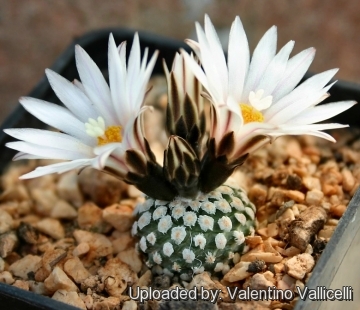 Turbinicarpus valdezianus var. albiflorus. Matehuala, San Luis Potosí, Mexico. A six-year-old plant showing the typical white Photo by: Valentino Vallicelli
Turbinicarpus valdezianus var. albiflorus. Matehuala, San Luis Potosí, Mexico. A six-year-old plant showing the typical white Photo by: Valentino Vallicelli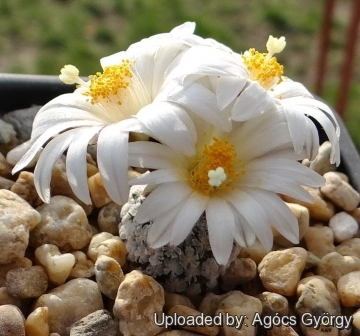 Turbinicarpus valdezianus var. albiflorus Photo by: Agócs György
Turbinicarpus valdezianus var. albiflorus Photo by: Agócs György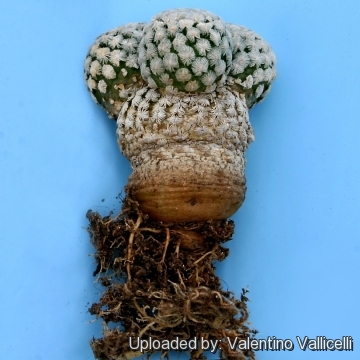 Turbinicarpus valdezianus var. albiflorus Photo by: Valentino Vallicelli
Turbinicarpus valdezianus var. albiflorus Photo by: Valentino Vallicelli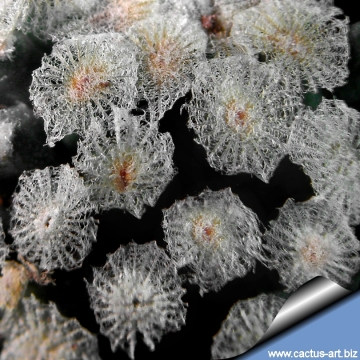 Turbinicarpus valdezianus var. albiflorus Photo by: Cactus Art
Turbinicarpus valdezianus var. albiflorus Photo by: Cactus Art Turbinicarpus valdezianus var. albiflorus Photo by: Cactus Art
Turbinicarpus valdezianus var. albiflorus Photo by: Cactus Art Turbinicarpus valdezianus var. albiflorus Photo by: Agócs György
Turbinicarpus valdezianus var. albiflorus Photo by: Agócs György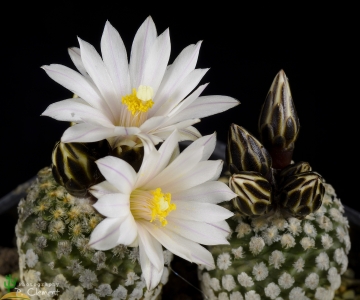 1Turbinicarpus valdezianus var. albiflorus. Close up. Photo by: Peiffer Clement
1Turbinicarpus valdezianus var. albiflorus. Close up. Photo by: Peiffer Clement Turbinicarpus valdezianus var. albiflorus Photo by: Alexander Arzberger
Turbinicarpus valdezianus var. albiflorus Photo by: Alexander ArzbergerCultivation and Propagation: This species is not particularly difficult on own roots, but very slow growing.
Soils: It likes very porous standard neutral or slightly alkaline cactus mix soil.
Repotting: Use pot with good drainage.
Watering: It should be watered during the growing season, but waterings should be rather infrequent to keep the plant compact, and avoid it will become excessively elongated and unnatural in appearance. Keep dry in winter or when night temperatures remain below 10° C. Water it less than average if in bigger pots, small pots preferred. Furthermore it has a tap root, and watering it properly is often difficult, because it tends to crack open or rot if over-watered. Careful watering away from the body of the plant will allow the areoles to keep their wool.
Fertilization: Feed with a high potassium fertilizer in summer.
Hardiness: It is hardy to -4°C for a short period if kept on the dry side prior to, and during, cold weather. However warmth throughout the year will increase the grower's success (8-12°C during rest season). Assure a good ventilation.
Exposition: Outside bright, hot conditions or afternoon shade, inside it needs bright light, and some direct sun. Strong light keep the plant compact and low and encourages flowering and heavy wool and spine production.
Uses: It is an excellent plant for container growing. It always looks good and stays small.
Pests & diseases: It may be attractive to a variety of insects, but plants in good condition should be nearly pest-free, particularly if they are grown in a mineral potting-mix, with good exposure and ventilation. Nonetheless, there are several pests to watch for:
- Red spiders: Red spiders may be effectively rubbed up by watering the plants from above.
- Mealy bugs: Mealy bugs occasionally develop aerial into the new growth among the wool with disfiguring results, but the worst types develop underground on the roots and are invisible except by their effects.
- Scales: Scales are rarely a problem.
- Rot: Rot is only a minor problem with cacti if the plants are watered and “aired” correctly. If they are not, fungicides won't help all that much.
Propagation: From seed, since the plant rarely produces plantlets, or grafted. Seeds germinate in 7-14 days at 21-27° C in spring, remove the glass cover gradually as the plants develops and keep ventilated, no full sun for young plants!
Your Photos
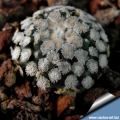
by Cactus Art
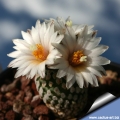
by Cactus Art
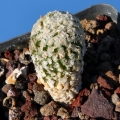
by Valentino Vallicelli
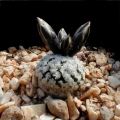
by Valentino Vallicelli






















